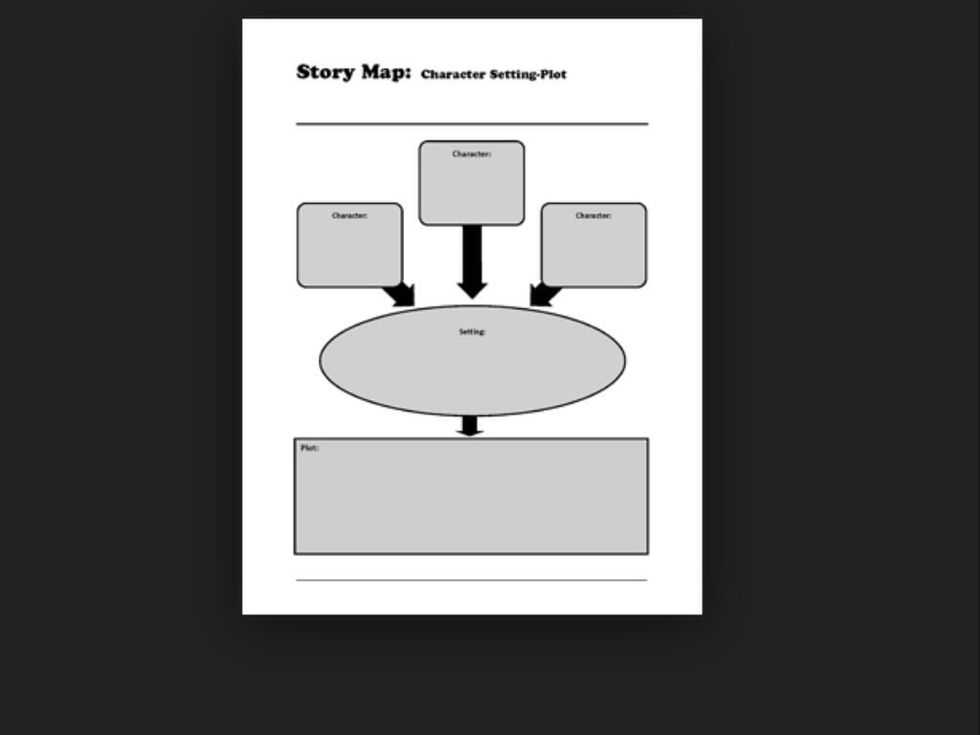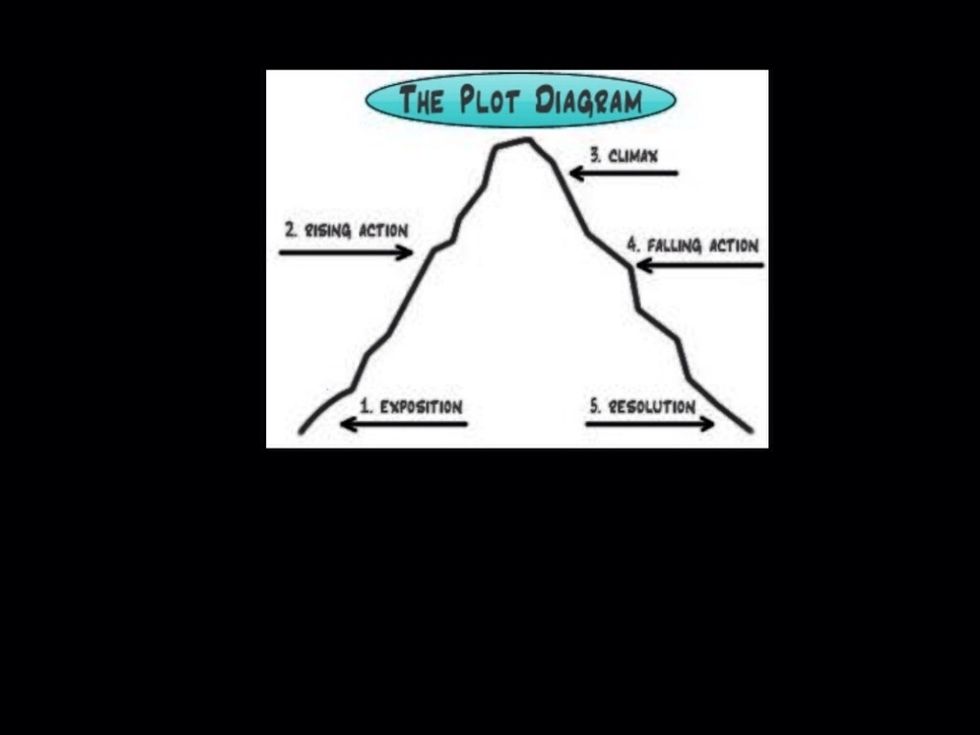STEPS
TOOLS
Decide what type of story you will create.Think for a while about what kind of story you would like to write. Will it be historical fiction,fantasy, science-fiction, or something else?
Decide who or what your story will be about. Will your story be about an event, opinion, yourself, or something you like? The topic of what you are writing should be interesting to you.
Decide who the main characters will be. In a story there is usually a main character, his or her closest friends who help the main character, and an opposing "bad guy" character.
Decide where your story will take place. Will your story occur in a made up world or in a real place? The decision is up to you.
Decide what the issue of the story is. Did the "bad guy" character do something bad, is the main character standing against a morally wrong issue, or is there a trial the main character is facing?

Good Plot diagram to use when mapping your story.
You have already decided the where and what/who part of the story. Now decide the "why" part. Why must the character stand against something, or face the trial? Understanding the why helps you write.
Before you write you should know the three sections of a story. 1) You should have a few introductory paragraphs. 2) You should have body paragraphs. 3) You should have a conclusion paragraph.

This plot diagram shows the transitions and parts of a story.
Start to write. Because you have all the elements figured out, the rest will be easier. Write a rough draft of your story on the binder paper. The topic should be clear and the plot easy to determine.
Read your story aloud. Many mistakes can be found. The story should sound good and flow.
After writing the draft, edit. Eliminate any mistakes such as grammatical errors, unclear sentences, and swap one dollar words for words that are more exotic and challenging. Your story should flow.
An optional step would be to read your story aloud to a partner. Their questions and comments can help you make necessary changes that you may have overlooked. This step will help potential readers.
Now write the final draft. This draft reflects your effort and there shouldn't be errors in spelling and grammar. The more well written, easier to understand, and interesting the story is, the better.
- Binder Paper
- Pencil
- Eraser
- Imagination
The Conversation (0)
Sign Up